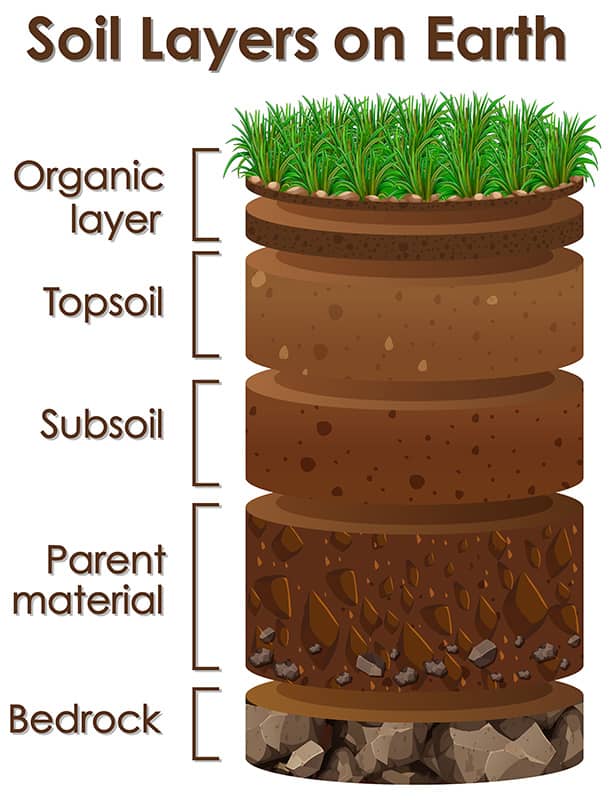Safeguarding Health and Safety: The Importance of Asbestos Testing in Residential Demolitions
In the realm of residential demolitions, safety isn’t just about knocking down walls and clearing debris—it’s also about ensuring the well-being of the community and those involved in the process. One critical aspect often overlooked is the presence of asbestos, a hazardous material commonly found in older buildings. Asbestos poses serious health risks if disturbed during demolition, making it imperative to conduct thorough testing prior to any demolition activities.
Understanding the Threat: What is Asbestos?
Asbestos is a naturally occurring mineral that was once widely used in building materials due to its durability and fire-resistant properties. However, it was later discovered that prolonged exposure to asbestos fibers can lead to severe health issues, including lung cancer, mesothelioma, and asbestosis. While its use has been heavily regulated and phased out in many countries, buildings constructed before the 1980s likely contain asbestos-containing materials (ACMs) such as insulation, roofing, flooring, and piping.
The Hidden Danger: Risks of Asbestos in Demolition
During demolition or renovation projects, asbestos-containing materials can become friable, meaning they can easily crumble into tiny particles that become airborne. Inhalation of these fibers poses significant health risks not only to the workers directly involved but also to nearby residents and bystanders. Asbestos fibers can linger in the air for extended periods, spreading to neighboring properties and even contaminating soil and water sources.
Prioritizing Safety: The Role of Asbestos Testing
Given the potential dangers associated with asbestos, thorough testing is essential before initiating any demolition activities. An asbestos survey conducted by qualified professionals can accurately identify the presence of ACMs within the structure. This comprehensive assessment involves inspecting various components of the building, collecting samples for laboratory analysis, and providing detailed reports outlining the findings.
Legal Obligations and Responsibility
It’s important to emphasize that the responsibility for conducting asbestos testing falls squarely on the shoulders of the property owner or developer planning the demolition. In many jurisdictions, regulations mandate the identification and management of asbestos-containing materials in buildings slated for demolition or renovation. Failing to comply with these legal requirements not only jeopardizes the health and safety of individuals but can also result in severe penalties and legal liabilities.
The Importance of Asbestos Testing: Protecting Communities
Beyond the immediate risks to demolition workers, the repercussions of asbestos exposure can extend far beyond the construction site. Nearby residents, including children, the elderly, and individuals with pre-existing respiratory conditions, are particularly vulnerable to the health effects of asbestos fibers. Moreover, the environmental impact of asbestos contamination can persist long after the demolition is complete, posing ongoing threats to public health and ecosystem integrity.
Taking Action: Steps for Safe Demolition
To ensure the safe and responsible demolition of residential properties, property owners and developers must prioritize asbestos testing and management. This includes:
Engaging Qualified Professionals:
Hire experienced asbestos consultants and abatement contractors to conduct thorough inspections and testing.
Complying with Regulations:
Familiarize yourself with local regulations governing asbestos management and demolition procedures to ensure compliance.
Developing a Management Plan:
Based on the findings of asbestos testing, develop a comprehensive management plan outlining proper handling, removal, and disposal procedures.
Implementing Protective Measures:
Provide adequate training and personal protective equipment (PPE) for workers involved in demolition activities to minimize exposure risks.
Communicating with Stakeholders:
Keep neighboring residents, employees, and relevant authorities informed about asbestos testing results and mitigation efforts to foster transparency and trust.
Conclusion: Prioritizing Prevention for a Safer Future
Asbestos testing isn’t just a box to tick off on a demolition checklist—it’s a critical step in safeguarding the health and well-being of communities and workers alike. By proactively identifying and managing asbestos hazards, property owners and developers can mitigate the risks associated with demolition projects and demonstrate their commitment to safety and compliance. Remember, when it comes to asbestos, ignorance is not bliss—it’s a recipe for disaster. Let’s prioritize prevention today to build a safer, healthier tomorrow.



